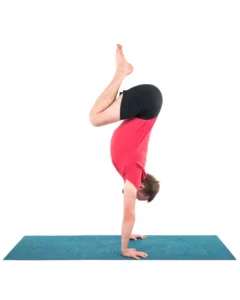Hate Chaturanga? Don’t Like Backbends? How to Approach Yoga Poses You Don’t Like
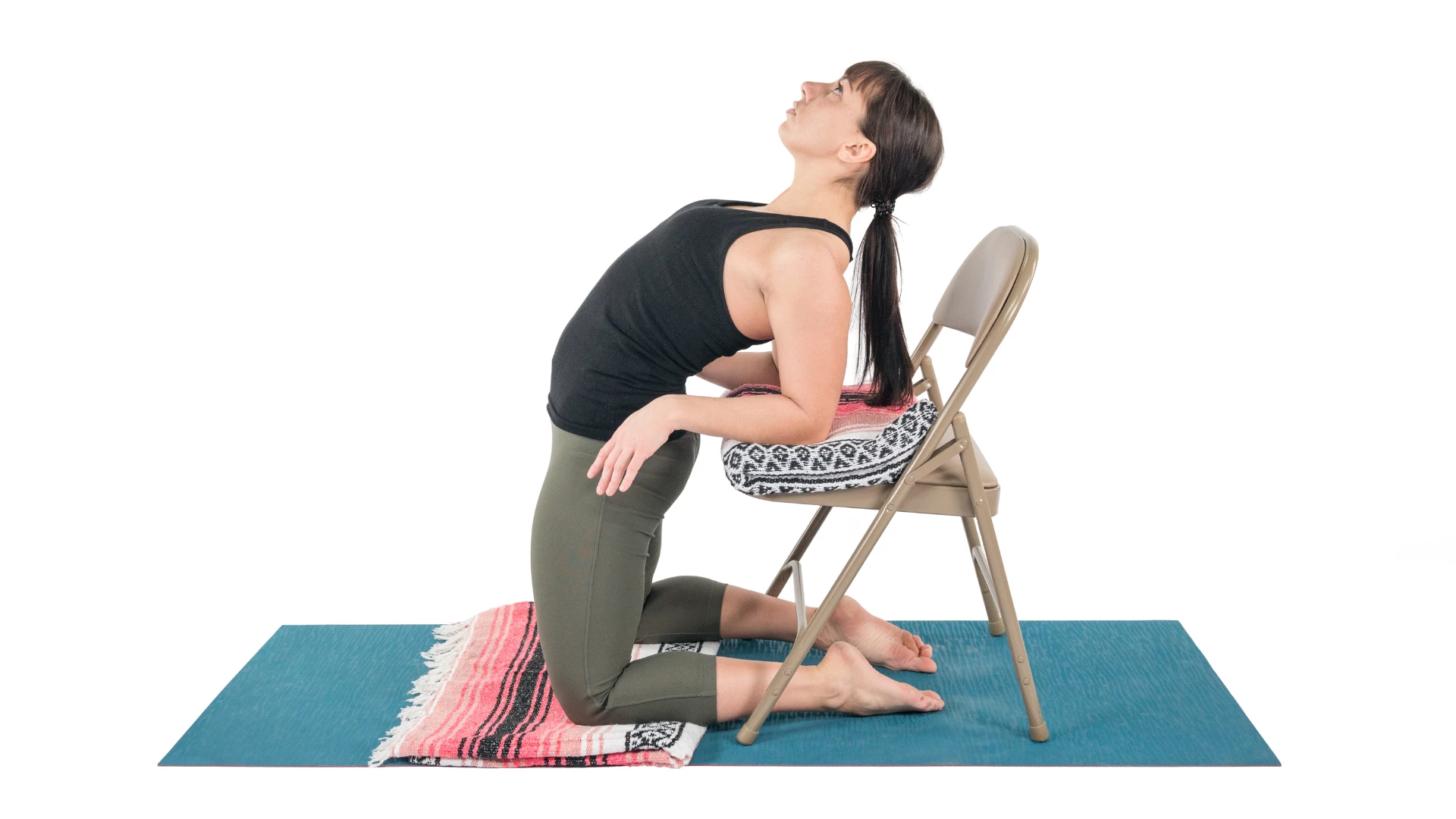
Article At A Glance
By changing our mindset, we can transform our relationship with these poses and empower ourselves. This article provides two ways to approach disliked yoga poses: letting go of self-limiting thoughts and embracing them as opportunities for growth.
Most of us come to yoga from one of two directions. We are flexible but weak, or we’re strong but stiff. After our first few classes, we already know the poses we love. They may not be effortless, but we understand their logic and find them exhilarating to practice. Then there are those other poses, the poses you don’t like.
Right away, they smack us up against our limitations, whether that’s tight hamstrings or weak triceps. Worse yet, they can drag us into nausea, dizziness, and fear.
In a future article, I’ll tackle physical strategies for working with poses you don’t like. For today, here are two ideas for changing your mental approach.
2 Ways to Work with Poses You Don’t Like
1. Let Go of Limiting Self-Talk
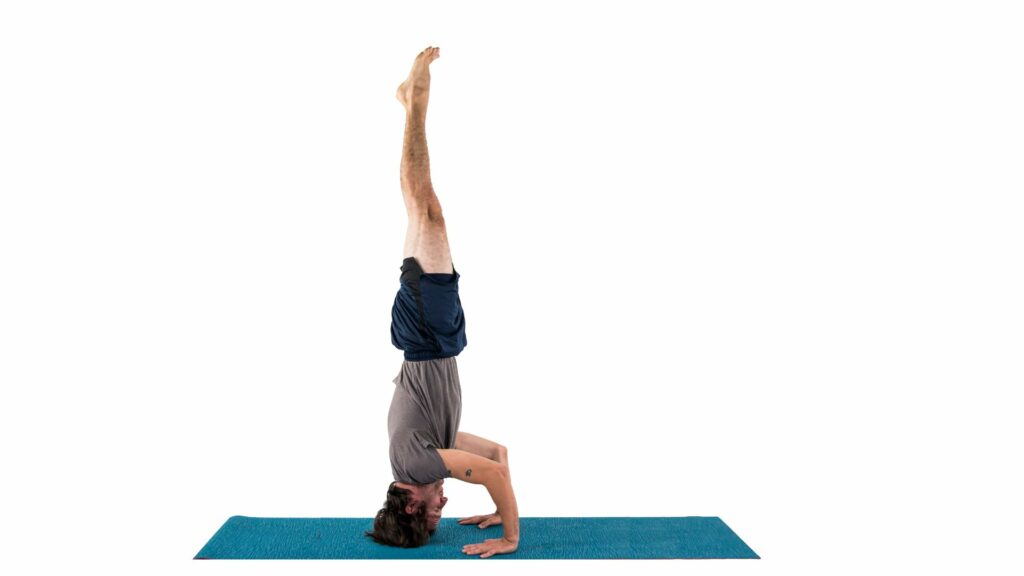
As maddening as it is to hear the person next to you contentedly sighing in a twist that’s squeezing the air out of your lungs, consider this: each one of us struggles with different poses. Someone out there hates the poses you turn to for comfort, and someone else is bound to love the poses you most avoid. That means it’s at least possible that you, too, could come to love whatever pose currently drives you away from your mat.
Notice what you tell yourself when your least favorite pose comes up. Practice flipping “I’ll never do that” into “maybe, someday.” Be particularly on guard against the self-limiting definition—“I’m just not a back-bender.” “I’ll never do Sirsasana (Headstand).” Instead, remind yourself that you can’t possibly predict how your poses will change over time. Leave your options open.
2. What Can You Learn from Poses You Don’t Like?
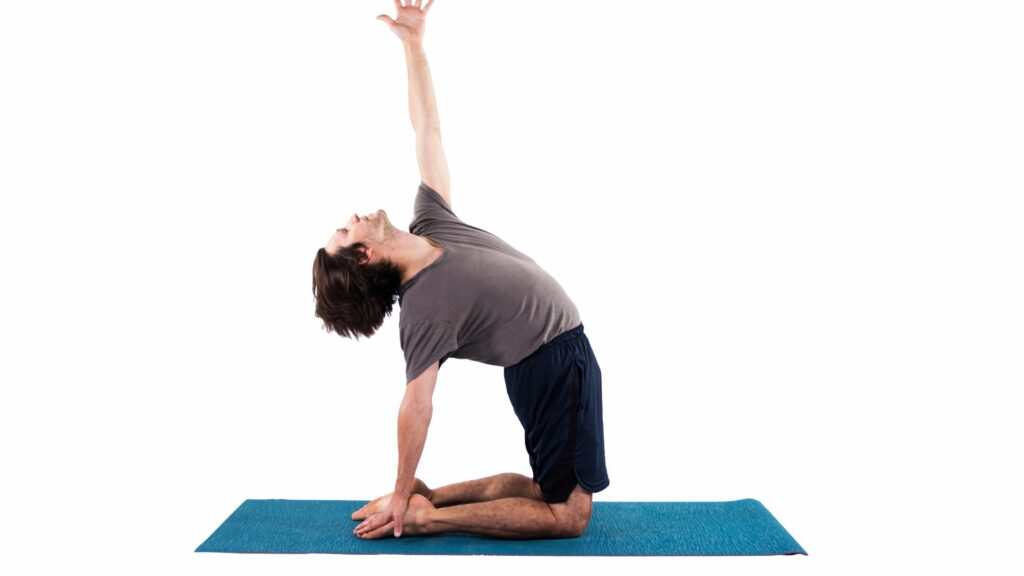
Claim your detested poses as your own unique suffering, tailored to fit you, and you alone, by everything that has happened in your life up to this point. Truth is, if you caught a good look at someone else’s suffering, you likely would turn down the chance to trade.
Whatever you need to know, change, or release is waiting for you in those poses. Welcome them because they hold more potential for freedom than a hundred effortless asanas. Remember, nothing says you must process your suffering all at once. The key is to find a way to take on the right amount every time you practice.
Why Change Your Relationship to Poses You Don’t Like?
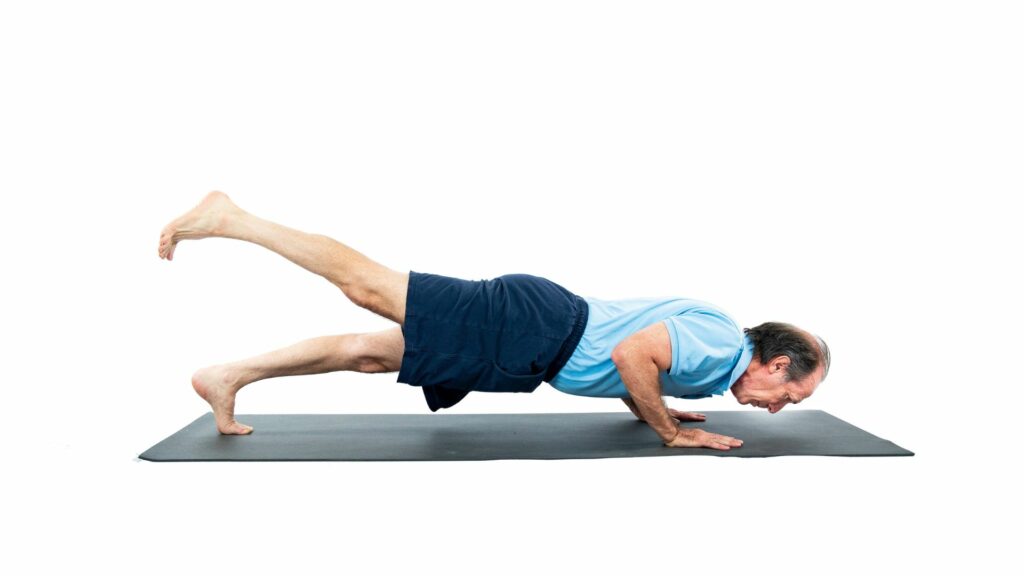
Changing the way you think about the poses you hate creates a larger picture of what’s going on. You’re not a victim anymore. When should you practice this? All the time, on and off the mat.
Changing our self-image can be scary. Suppose you could do Chaturanga Dandasana (the yoga push-up) with ease. Or open into an easy, graceful backbend? Who would you be?
Also, read...
4 Ways to Modify Chaturanga Dandasana With Props
5-Minute Yoga Challenge: How to Practice Half a Headstand
Warrior I Pose: 5 Strengthening Variations
Related courses
Breath as Medicine: Yogic Breathing for Vital Aging
Yoga and Myofascial Release: Releasing Chronic Tension with the Bodymind Ballwork Method

Eve Johnson taught Iyengar Yoga for 18 years before being introduced to Spinefulness in 2016. Convinced by the logic, clarity, and effectiveness of Spinefulness alignment, she took the teacher training course and was certified in July 2018. Eve teaches Spineful Yoga over Zoom and offers an online Spinefulness Foundations course. For course information, go to http://spinefulness.ca.



